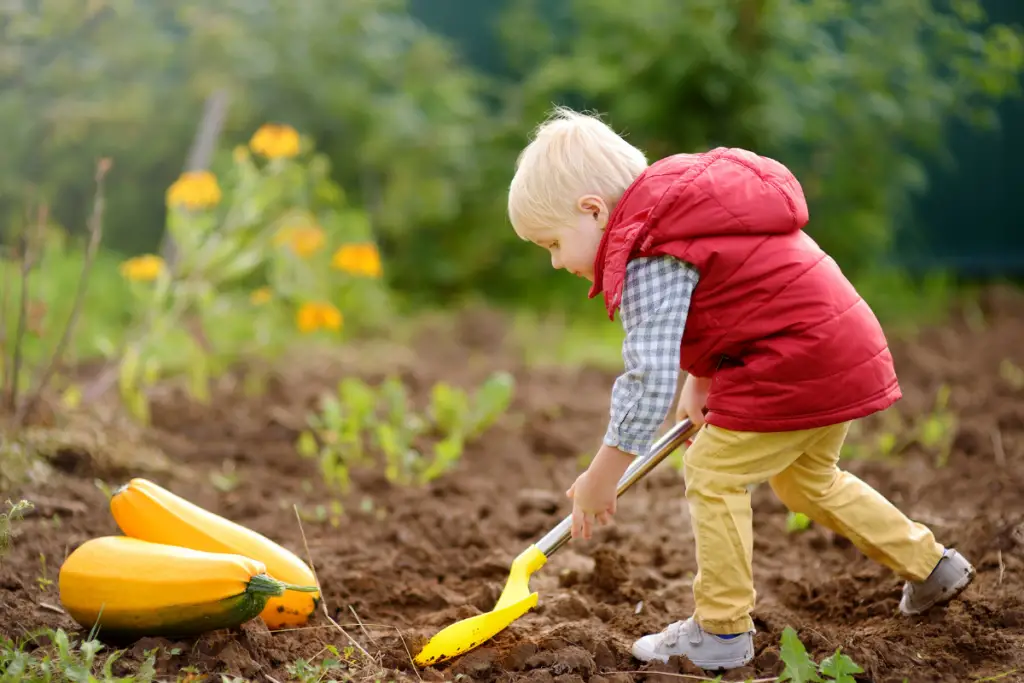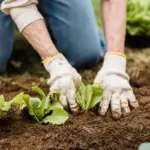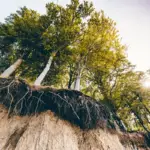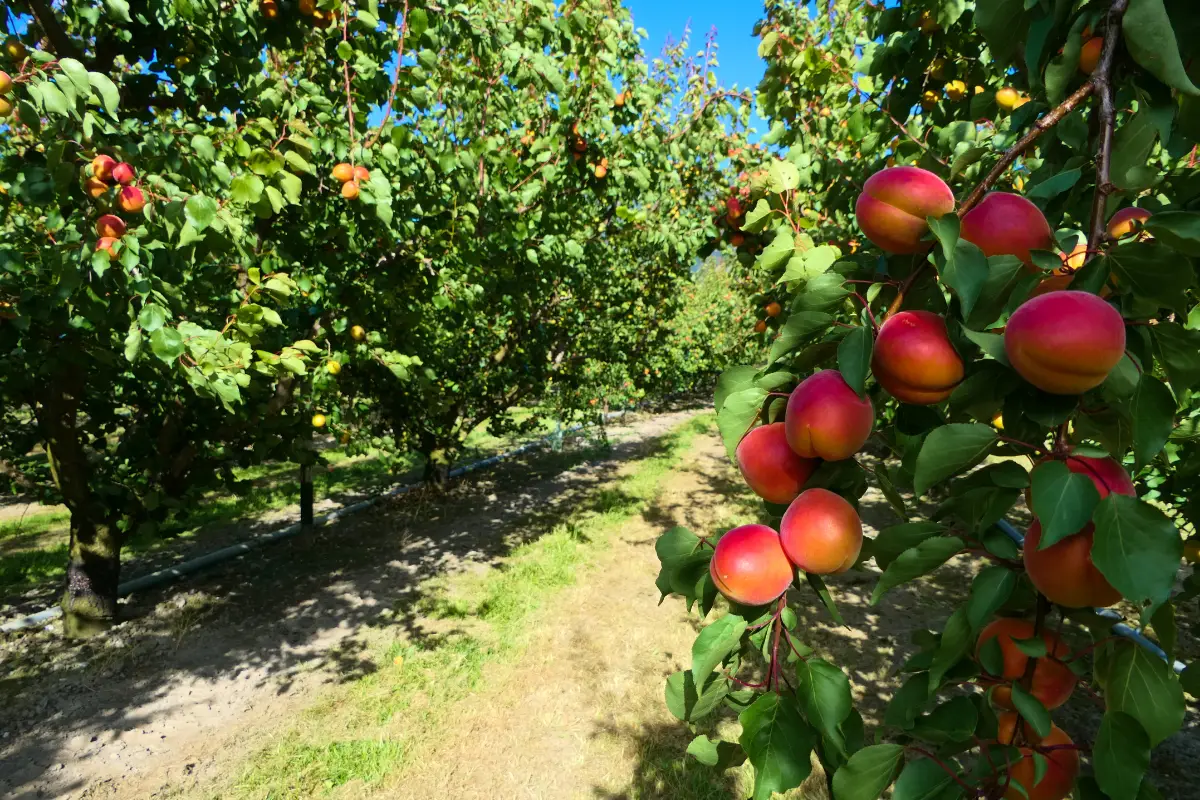Soil is an essential part of our planet’s ecosystem, and understanding its different types is crucial for young learners.
There are four primary types of soil: sandy soil, clay soil, silt soil, and loamy soil.
Each type has unique characteristics that affect plant growth and the environment around them.
Sandy soil has larger particles, which means it drains water quickly and doesn’t hold onto nutrients well.
Clay soil, on the other hand, has smaller particles and holds onto water and nutrients tightly.
Silt soil has medium-sized particles and is often found near rivers and lakes.
Finally, loamy soil is a mixture of sand, silt, and clay and is considered the best type of soil for plants because it has good drainage and nutrient retention.
Knowing the characteristics of each type of soil is important for gardeners, farmers, and anyone interested in the environment.
By understanding the different types of soil, kids can learn how to take care of plants, prevent erosion, and maintain healthy ecosystems.

Table of Contents
Understanding Soil
Soil is a mixture of minerals, organic matter, water, and air. It is the top layer of the earth’s crust and is essential for plant growth.
Soil is made up of different layers called horizons. Each layer has different characteristics that affect the soil’s fertility and ability to support plant life.
The top layer of soil is called the A horizon. It is made up of mineral particles and organic matter, such as decomposed leaves and plant debris.
This layer is the most fertile and is where most plant roots grow. The A horizon is also known as topsoil.
The B horizon is the middle layer of soil. It is made up of smaller mineral particles than the A horizon and is less fertile. The B horizon is also known as subsoil.
The C horizon is the bottom layer of soil. It is made up of larger mineral particles and is not fertile. The C horizon is also known as parent material.
Soil is important because it provides nutrients and water to plants. It also helps to regulate the earth’s temperature and supports many different types of organisms.
Understanding soil is important for farmers, gardeners, and anyone who wants to grow plants.
Different types of soil have different characteristics, such as texture, color, and composition.
Some soils are more acidic, while others are more alkaline. Soil can also vary in its ability to hold water and nutrients.
Types of Soil
Soil is a complex mixture of minerals, organic matter, water, and air.
It can be classified into different types based on the size of the mineral particles, the amount of organic matter, and other characteristics.
Here are some of the most common types of soil:
Sandy Soil
Sandy soil is composed of large mineral particles that are visible to the naked eye.
It has a gritty texture and is easy to cultivate. However, it does not retain water well and is not very fertile. Sandy soil is often found in coastal areas and deserts.
Clay Soil
Clay soil is composed of very small mineral particles that are tightly packed together.
It has a smooth texture and can be difficult to cultivate. However, it retains water well and is very fertile.
Clay soil is often found in areas with high rainfall.
Silt Soil
Silt soil is composed of medium-sized mineral particles that are smaller than sand but larger than clay.
It has a smooth texture and is easy to cultivate. It retains water well and is moderately fertile. Silt soil is often found in river valleys.
Peat Soil
Peat soil is composed of partially decomposed organic matter. It has a dark color and a spongy texture.
It retains water well and is very fertile. Peat soil is often found in wetlands and bogs.
Loam Soil
Loam soil is composed of a mixture of sand, silt, and clay particles. It has a crumbly texture and is easy to cultivate.
It retains water well and is very fertile. Loam soil is often considered the ideal soil for gardening and farming.
Soil Layers
Soil is made up of different layers, each with its own unique characteristics and functions.
Understanding the different layers of soil can help kids learn about the importance of soil and how it supports plant growth.
Topsoil
The topsoil layer is the uppermost layer of soil and is where most of the nutrients and organic matter are found.
This layer is usually darker in color and has a higher concentration of organic matter, such as decomposing plant and animal material.
Topsoil is the layer where most plants grow their roots and obtain their nutrients.
Subsoil
The subsoil layer is located beneath the topsoil layer and is usually lighter in color.
This layer contains less organic matter and more minerals than the topsoil layer.
The subsoil layer is important for water storage and drainage, as well as providing support for plant roots.
Parent Material
The parent material layer is the layer of soil that is formed from the underlying rock or sediment that has weathered and broken down over time.
This layer is usually the least developed and contains the least amount of organic matter.
The parent material layer provides the foundation for the other layers of soil to form.
Bedrock
The bedrock layer is the bottom layer of soil and is made up of solid rock. This layer is not considered part of the soil, but it provides the foundation for the other layers to form.
The bedrock layer can affect the characteristics of the soil layers above it, such as the type of minerals that are present.
Understanding the different layers of soil can help kids appreciate the importance of soil and how it supports plant growth.
By learning about the different layers of soil, kids can also learn how to take care of soil and maintain its health for future generations.
Importance of Soil for Plants
Soil is an essential component for the growth and survival of plants.
It provides a medium for plant roots to anchor themselves and obtain nutrients and water needed for growth. Without soil, plants would not be able to survive.
Plants obtain nutrients from the soil through their roots. The nutrients in the soil are essential for the growth and development of the plant.
Some of the essential nutrients that plants need from the soil include nitrogen, phosphorus, and potassium.
These nutrients are important for the plant’s growth, flowering, and fruiting.
In addition to providing nutrients, soil also plays a crucial role in water management for plants.
Soil helps to retain water, which is important for the plant’s survival during dry periods. The soil’s ability to hold water is dependent on its texture and structure.
Soil with larger pores will drain more quickly, while soil with smaller pores will hold water for a longer period of time.
Soil also provides a habitat for microorganisms that are important for plant growth.
These microorganisms help to break down organic matter in the soil, making nutrients available to plants. They also help to protect plants from disease and pests.
Soil Conservation
Soil conservation is the practice of protecting soil from erosion and degradation.
Erosion occurs when soil is washed away by water or blown away by wind, leaving the land barren and infertile.
Soil conservation is important because soil is a finite resource that takes a long time to form, and once it is gone, it cannot be easily replaced.
There are several ways to conserve soil, including:
- Planting cover crops: Cover crops are planted to protect soil from erosion and to improve soil health. They also help to prevent weeds from growing and to retain moisture in the soil.
- Contour farming: Contour farming is the practice of plowing and planting crops along the contour of the land, rather than up and down the slope. This helps to slow down the flow of water and prevent soil erosion.
- Terracing: Terracing is the practice of creating flat areas on steep slopes by building retaining walls. This helps to prevent soil erosion and allows crops to be grown on the terraced land.
- Conservation tillage: Conservation tillage is the practice of leaving crop residue on the soil surface after harvest, rather than plowing it under. This helps to protect the soil from erosion and to improve soil health.
- Crop rotation: Crop rotation is the practice of planting different crops in the same field in different years. This helps to prevent soil erosion and to improve soil health by reducing pest and disease problems.
By practicing soil conservation, farmers and gardeners can help to protect the soil and ensure that it remains fertile and productive for generations to come.
Conclusion
In conclusion, soil is a vital part of our ecosystem and plays a crucial role in supporting life on Earth.
The different types of soil provide unique characteristics and properties that make them suitable for various purposes.
Sandy soil is great for drainage and is perfect for growing vegetables, while clay soil is ideal for retaining moisture and is excellent for growing crops.
Loamy soil is a combination of sand, silt, and clay and is considered the best type of soil for growing plants.
Understanding the different types of soil can help us make informed decisions when it comes to agriculture, gardening, and construction.
By taking care of our soil, we can ensure that it continues to support life and sustain our planet for generations to come.
- How to Dry Basil Leaves: A Professional Guide
- Is an Avocado a Fruit or Vegetable? Simple Answer and Explanation
- Does Pineapple Have Seeds? Exploring the Anatomy of Pineapples
- Blooming Through Winter: Can I Grow Vegetables Indoors in the Winter?
- What Can You Grow in a Greenhouse All Year Round: A Guide to Year-Round Greenhouse Gardening
- Are Blueberries Blue? Debunking the Myth of Their Color
















